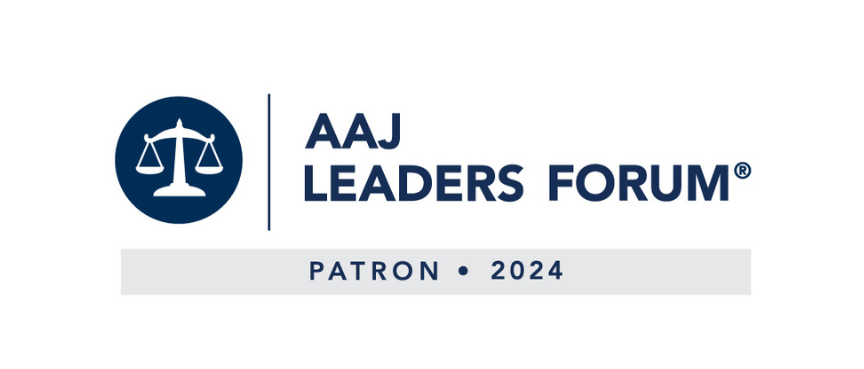An important facet of North Carolina tort law is “joint and several liability.” This rule entitles a Plaintiff to recover all of his or her damages from any one Defendant, even if there are additional Defendants who are also found liable for a single injury to the Plaintiff. Under Chapter 1B of the North Carolina General Statutes, our state’s “Contribution” statute, the paying Defendant is then permitted to file suit against the remaining Defendants to recover their pro rata portion of the damages.
Joint and several liability is best understood with an example. Assume that Adam loans his truck to Bill, who he knows to habitually drink and drive. Bill then gets into the car after having consumed several drinks and causes a bad collision with Charles. The parties go to trial and the jury returns a verdict of $100,000.00 in favor of Charles against Adam and Bill; the claim against Adam being that he negligently entrusted his truck to Bill. Assuming for the purpose of this example that neither party has automobile insurance, if Adam has more personal assets than Bill, Charles may recover the full $100,000.00 from Adam. The issue then becomes, how does Adam force Bill to pay his portion of the damages. The answer is found at N.C.G.S. § 1B-1(a):
“[W]here two or more persons become jointly or severally liable in tort for the same injury to person or property or for the same wrongful death, there is a right of contribution among them even though judgment has not been recovered against all or any of them.”
Chapter 1B goes on to limit recovery to the amount actually paid by the Defendant in excess of his pro rata share. Using the above example, if Charles is only able to recover $80,000.00 from Adam, then Adam may sue Bill for contribution of $30,000.00. Although we’ve used a personal injury example here, the statute also applies in the context of business litigation, or any other civil tort claim.
There are a couple of additional points to note in the context of contribution. First, the relative degree of fault is not taken into consideration, so it is irrelevant if Bill is 90% at fault and Adam only 10%. Second, contribution can be sought by a separate law suit or in the law suit establishing liability by motion of one of the Defendants.
The Raleigh civil litigation attorneys of Maginnis Law can assist you in understanding your rights and liabilities under North Carolina law. If you are entitled to contribution, you may also be entitled to “indemnity,” which can provide for a 100% recovery to a Defendant that was only secondarily negligent.
If you would like to talk about your rights under North Carolina’s contribution statute or indemnity law, contact the Raleigh lawyers of Maginnis Law at (919) 526-0450. You may also submit a confidential email inquiry via our contact page. Our firm regularly represents clients from Eastern North Carolina, including Raleigh, Durham, Cary, Chapel Hill, Wake Forest, Apex, Fayetteville, Morrisville, and Sanford.






